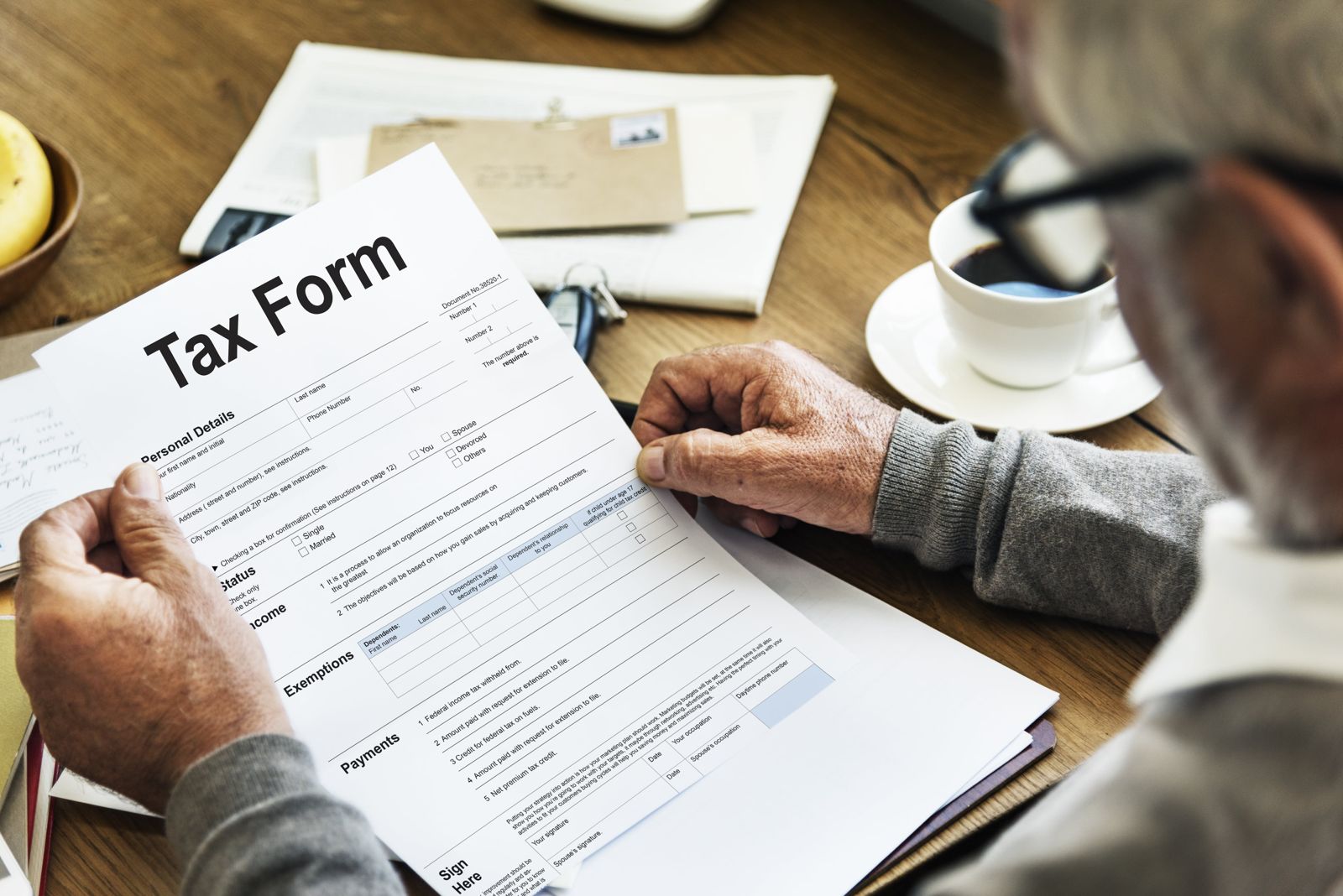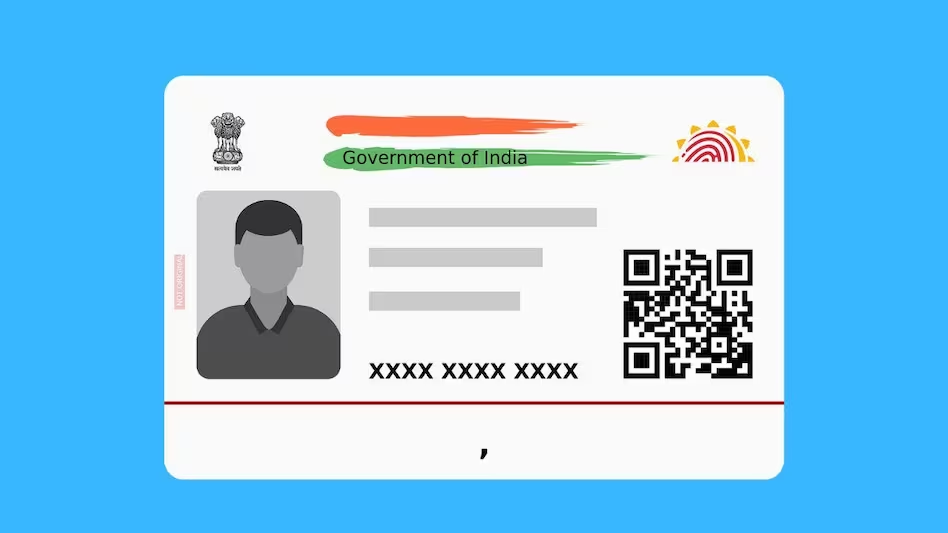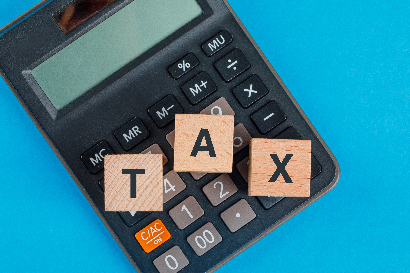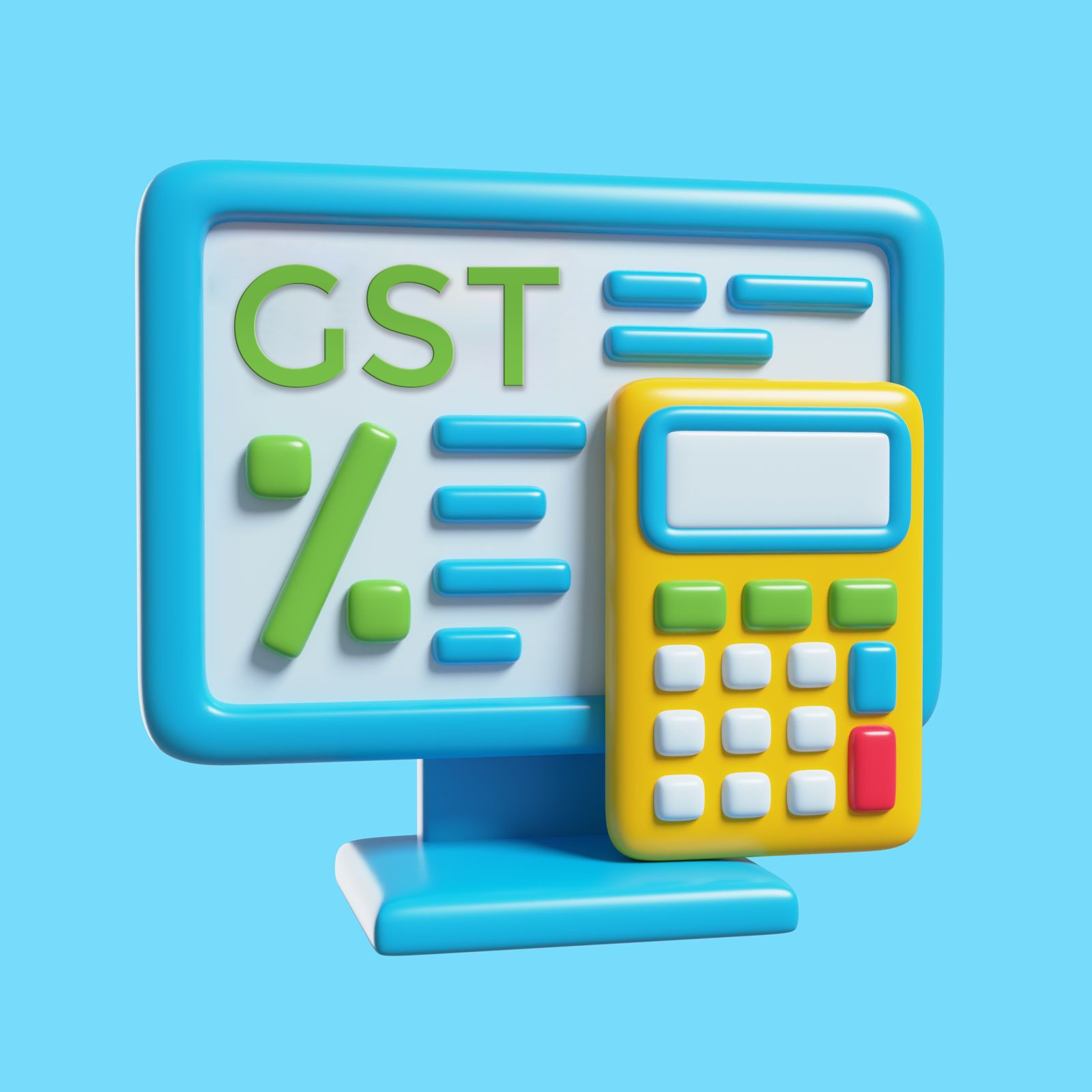

Filing Your ITR? Here Are 5 Essential Tips for Salaried Taxpayers
Filing your Income Tax Return (ITR) is a vital financial responsibility for salaried individuals. Missing the deadline can result in penalties and even legal repercussions. With the July 31 deadline fast approaching, it’s time to gather all necessary documents and information to ensure a smooth tax filing process.
Here’s a guide to help you avoid common pitfalls and make your ITR filing hassle-free.
1. Ensure Aadhaar-PAN Linking and Bank Account Validation
Before you begin, verify that your Aadhaar is linked to your PAN. Additionally, validate the bank account where you wish to receive your tax refund. These steps are crucial to avoid processing delays.
2. Choose the Correct ITR Form
Selecting the appropriate ITR form is essential. Filing with the wrong form can lead to your return being marked as defective, requiring you to refile. For salaried taxpayers, ITR-1 is typically the correct form.
What is ITR-1?
ITR-1, also known as Sahaj, is for resident individuals earning up to ₹50 lakh annually from sources such as:
- Salary
- One house property
- Family pension income
- Agricultural income (up to ₹5,000)
- Other sources like savings account interest or fixed deposits
Who Cannot Use ITR-1?
ITR-1 is not applicable for individuals who:
- Are non-resident Indians (NRIs) or resident but not ordinarily resident
- Earn more than ₹50 lakh annually
- Have income from lottery, gambling, or racehorses
- Have taxable capital gains
- Own more than one house property
- Have invested in unlisted equity shares
3. Prepare Essential Documents
Keep these documents handy before filing your ITR:
- Annual Information Statement (AIS) and Form 26AS for tax credit verification
- Form 16 (issued by your employer)
- House rent receipts (if applicable)
- Investment proofs, such as premiums or contributions for deductions
Although you’re not required to attach these documents when filing your return, they might be needed for assessment or inquiries by tax authorities.
4. Check and Reconcile Details
Spot Discrepancies
Review your AIS and Form 26AS to ensure the reported Tax Deducted at Source (TDS) and Tax Collected at Source (TCS) match. Address any inconsistencies promptly.
Verify Prefilled Data
When using the e-filing portal, check the prefilled information such as PAN, contact details, and bank account numbers for accuracy.
5. Don’t Forget to E-Verify
After submitting your return, it’s crucial to e-verify it. This step completes the filing process. Alternatively, you can physically sign and send a copy of the ITR-V Acknowledgment to the Centralized Processing Center in Bengaluru for manual verification.
Final Tips
Filing your ITR doesn’t have to be overwhelming. By staying organized, double-checking your documents, and following these steps, you can avoid mistakes and ensure a seamless process. Always file your return before the deadline to steer clear of penalties and compliance issues.
Take charge of your finances today and make tax filing stress-free!










